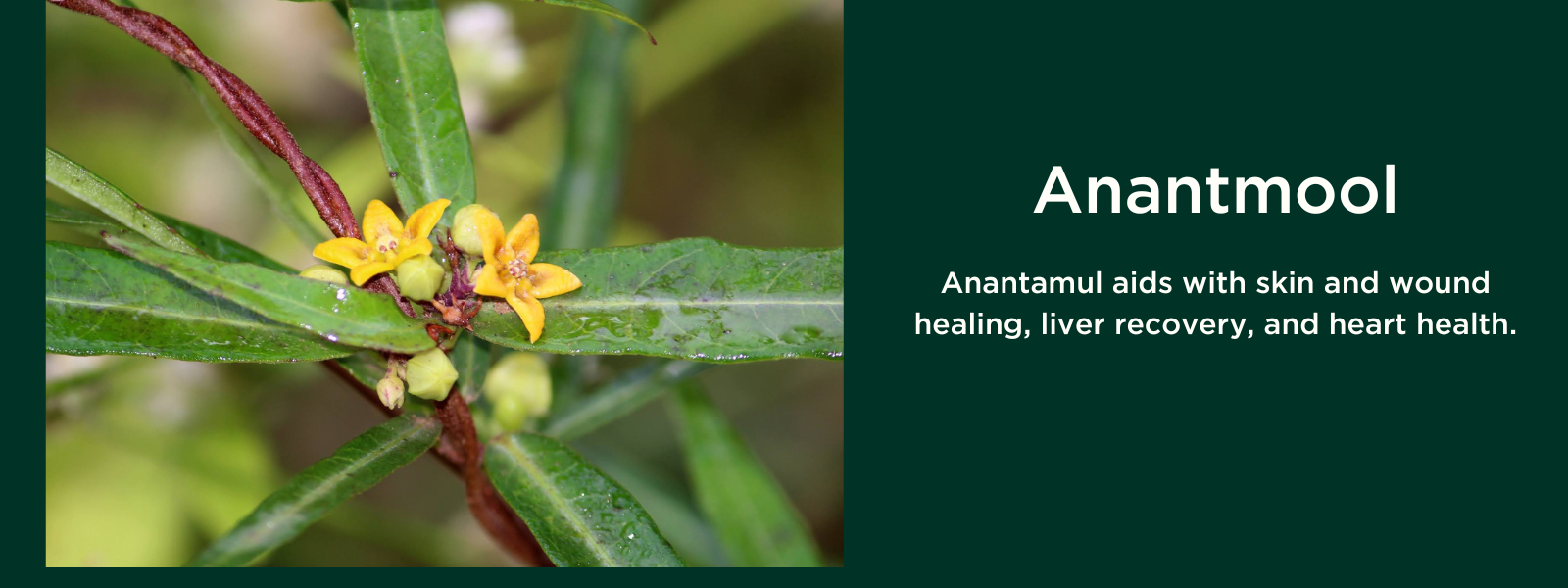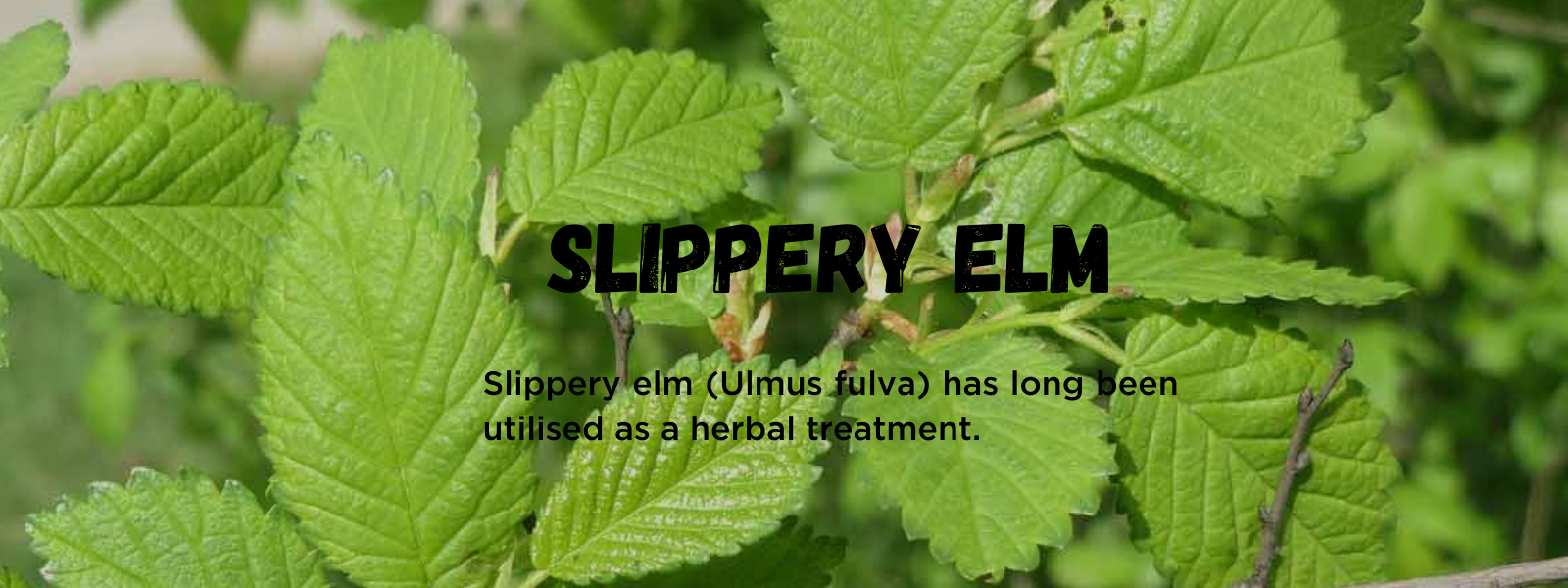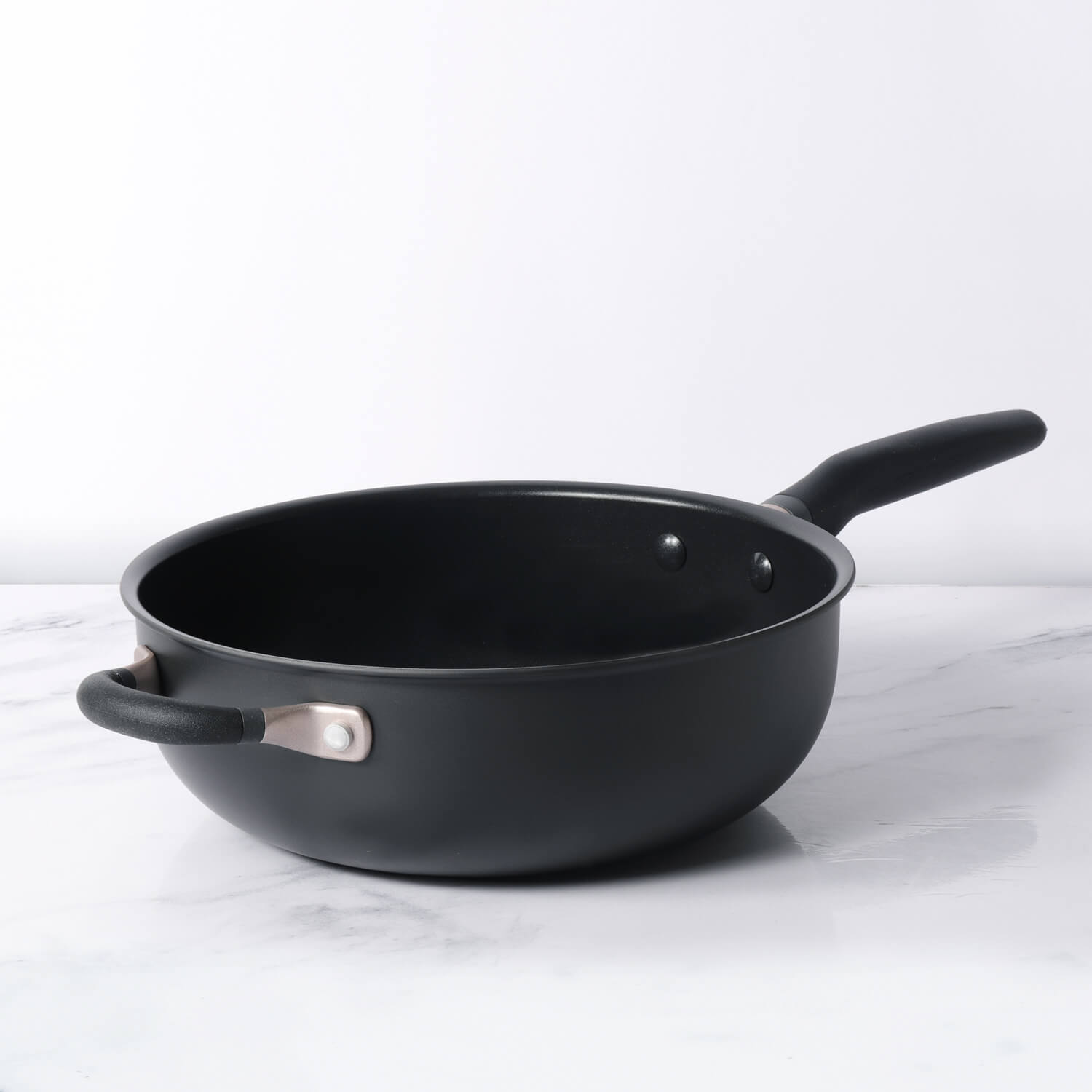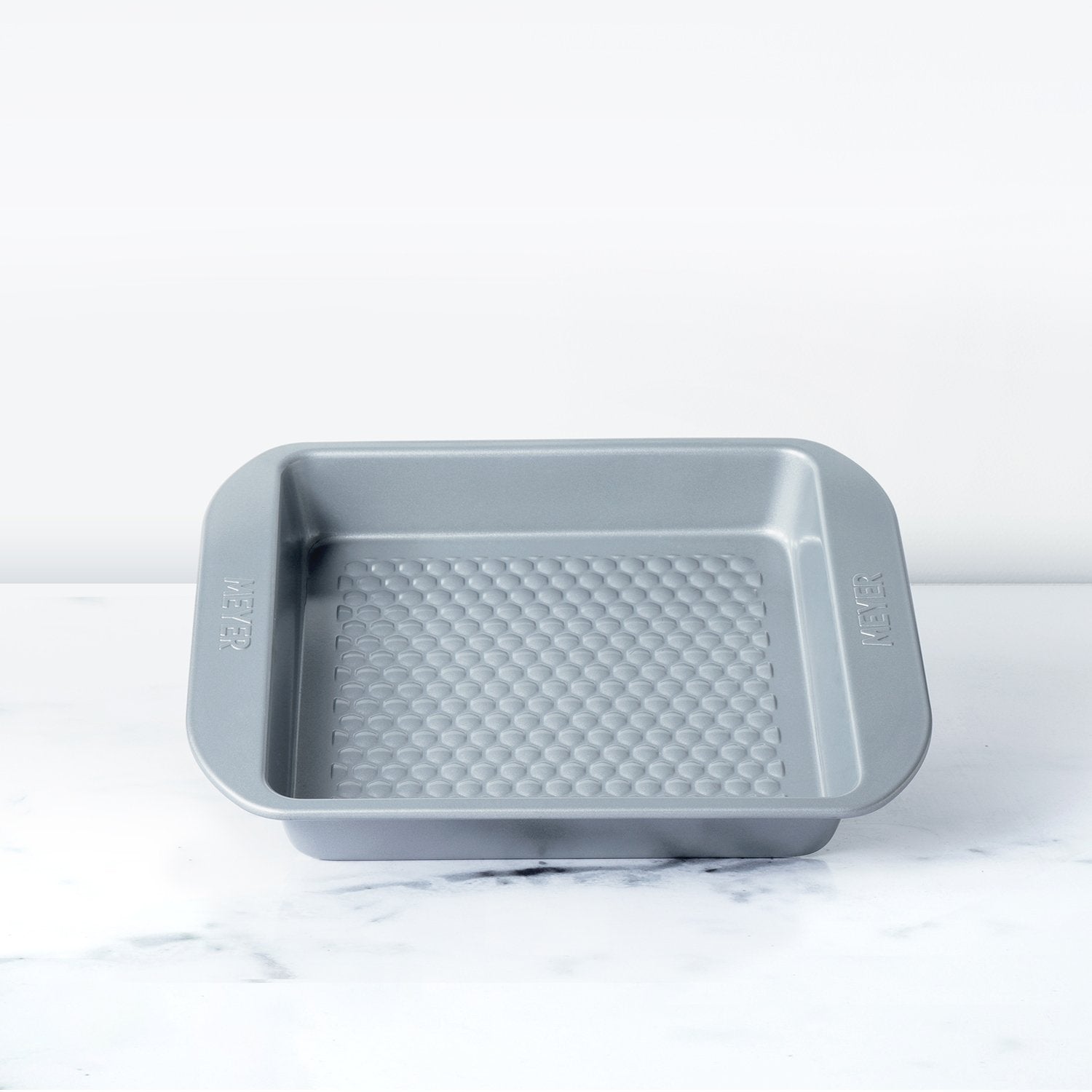Comfrey (Symphytum officinale) is occasionally applied to the skin to cure wounds and lessen swelling from sprains and broken bones. Allantoin, a compound found in comfrey roots and leaves, promotes the growth of new skin cells as well as other compounds that lessen inflammation and maintain healthy skin. Osteoarthritis, fractures, sprains, strains, pulled muscles, and bruises have all been treated using comfrey ointments.
Table of Contents
Plant description of Comfrey:
A perennial plant of European and partly Asian origins is comfrey. Comfrey grows 2 to 5 feet tall, prefers moist soil, and has a thick, hairy stem. Its flowers are thickly clustered, dull purple, blue, or pale in colour. The oblong leaves have various appearances depending on where they are on the stalk. While top leaves are broad all throughout and narrow just at the ends, lower leaves are broad at the base and taper at the ends. The root is black on the outside and fleshy white on the interior, which is juice-filled.
Preparations for comfrey are created using the plant's leaves or other portions that are cultivated above ground. The toxic pyrrolizidine alkaloids are more prevalent in young leaves than in older leaves. Some preparations were also produced from the roots, however the amount of pyrrolizidine alkaloids in the roots is up to 16 times higher.
Properties of Comfrey:
Comfrey (Symphytum officinale) is sometimes known as knitbone or boneset (as it is used in folk medicine for setting fractured bones). The phytochemicals in comfrey are responsible for its health advantages. It is a blooming herb with analgesic and anti-inflammatory properties in both the roots and leaves.
Folklore and history:
Comfrey has been grown as a therapeutic plant from at least 400 BCE, and its traditional use dates back thousands of years. Comfrey was frequently used by the Greeks and Romans to stop severe bleeding, treat bronchial issues, and mend wounds and broken bones. For wounds on the outside, poultices were used, and interior illnesses were treated with tea. According to legend, the Roman legions also employed this herb to treat combat wounds.
It was recommended by the eminent Greek physician Dioscorides for the treatment of respiratory and gastrointestinal issues as well as for the healing of wounds and broken bones in his "De Materia Medica." He was Nero's medical officer for the Roman army, which required him to travel widely and utilise comfrey frequently. He wrote about his experiences in five volumes with detailed accounts of medicinal plants. Comfrey was recommended by Dioscorides for its abilities to stitch broken bones and cure wounds.
Herbals and monastic literature from the year 1000 AD mention comfrey, and Saxon herbariums suggest it for "internal bleedings, ruptures, and hernias."
Health benefits of comfrey:
Bone Breakage/Wound Healing
There are several anecdotal reports praising the remarkable quickness with which Comfrey heals shattered bones. Surprisingly, Comfrey pills were even included as standard equipment in First Aid kits during World War II because of the herb's well-known capacity to hasten bone and wound healing.
Allantoin and rosmarinic acid are plant compounds that have recently been discovered in comfrey. While rosmarinic acid helps to reduce pain and inflammation, allantoin has the ability to promote cellular mitosis, which means it quickens the process of forming new tissue. Allantoin is even involved in the growth and development of a foetus; as the child develops, it is gradually lessened in the placenta until complete maturity is attained. A little amount of allantoin is still given to the kid after birth and is also found in breast milk.
Vitamin C, calcium, and magnesium are among the vitamins and minerals found in comfrey that are good for strengthening bones.
Comfrey ointments and compresses are typically applied topically to speed up the healing of wounds and broken bones. It is crucial to thoroughly clean wounds before using Comfrey since the skin can regenerate so quickly that it can trap any material still in the wound.
Joint and muscle pain
Studies have shown that applying comfrey to bruises, sprains, sore muscles, and joints—all of which were closely associated with exercise—improved healing and pain response. Comfrey surpassed its pharmaceutical counterpart in a 164-participant single-blind, randomised clinical trial for its effectiveness in treating pain and ankle sprains. This prompted the researchers to express their support for the idea that this natural remedy serves as a secure and efficient substitute for conventional therapy.
Skin Care
With its wonder element, allantoin, moisturising, naturally exfoliating, mending, protecting, and calming the skin, comfrey's restorative abilities extend to the skin as well. Topical application of comfrey also aids in lowering free radical activity on the skin because of its high antioxidant status.
Natural allantoin, such as that found in comfrey, can actually aid in reducing abnormal skin thickening brought on by "keratinisation"; if this process is out of balance, more keratin than usual is created, changing the barrier function's structure. Allantoin is recognised for leaving skin feeling smooth because it interacts with the keratin in the skin to thin out an abnormally thick stratum corneum.
Comfrey can also be used to treat sunburns, stings, and other skin irritations like rashes.











Leave a comment